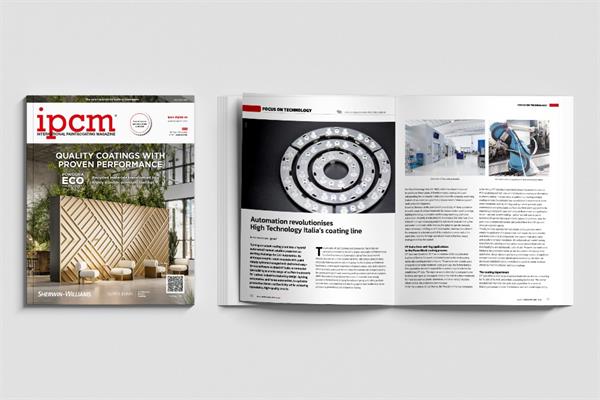
Read the latest issue of the magazine dedicated to surface treatments and organic and inorganic finishes – Special edition on metal architecture, furniture & design!
Maximalism, the art of exaggerating and celebrating an overabundance of styles, colours, finishes and textures, is replacing the minimalistic approach that has dominated the last few years not only in fashion but also in the design, furniture and car markets. Instead of a prevalent use of neutral tones, moderation and refined simplicity, we now have vivid colours, rich details and lively shapes.
It is not just an aesthetic or a trend but a philosophy that values individuality and freedom of expression – imagine a world in which every product you own is a canvas for expressing yourself. This concept aligns with that of chaotic customisation, or hyper-personalisation, a cultural shift promoted by Generation Z and driven by a collective desire for individuality and exclusivity.
Maximalism refers to a production model in which mass personalisation takes place in a highly dynamic and unpredictable environment. Each product can be customised according to multiple parameters without a rigid manufacturing sequence: customers can actively participate in its design and configuration. This approach is based on the integration of advanced technologies, such as artificial intelligence, additive manufacturing, flexible robotics and digitalised production systems, to meet demands for extreme customisation without compromising efficiency, scalability and delivery speed. Examples of hyper-personalisation include:
- The automotive sector, with highly customised vehicle configurations and components produced on demand;
- Fashion, with tailor-made garments crafted from materials and designs chosen by the customer;
- Manufacturing, with personalised industrial components created through 3D printing or flexible processes.
How are the architecture, aluminium, and design sectors reacting to this trend?
Here, the concept of chaotic customisation refers to a design approach that combines extreme personalisation, formal complexity and an apparently messy aesthetic. Advanced design and production technologies yield unique structures derived from generative models, as well as shapes and textures tailored to meet any specific aesthetic and functional requirement. Implementing an organic and non-linear approach to design with complex and irregular geometries, often inspired by nature or chaotic patterns, enables to develop and install structures that challenge traditional symmetrical and modular conventions.
All this is possible thanks to the use of parametric design together with, once again, artificial intelligence, advanced and digital production technologies, modular and robotic assembly processes to manage unique elements efficiently, and innovative materials, including advanced aluminium alloys with customisable finishes (e.g. hybrid surface treatments such as anodising and powder coating, anodising and nano coating, plasma electrolytic oxidation, or PEO, and ceramic coatings).
In short, chaotic customisation in the field of metal architecture and design constitutes a synthesis of digital craftsmanship, algorithmic design and advanced production, capable of giving life to unique and futuristic structures with increasingly strict, challenging and technically demanding finishing requirements. Can the surface treatment sector keep up?
READ THE MAGAZINE!